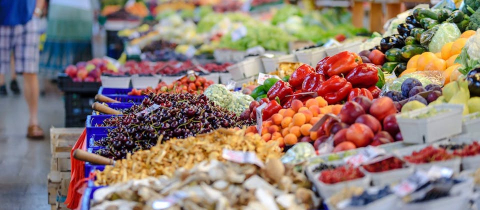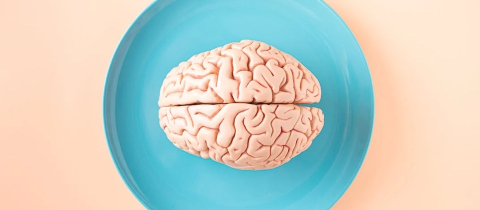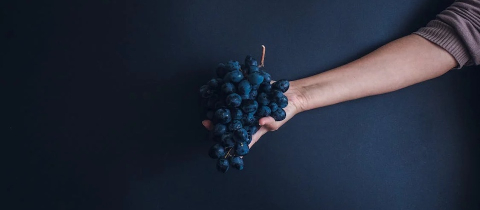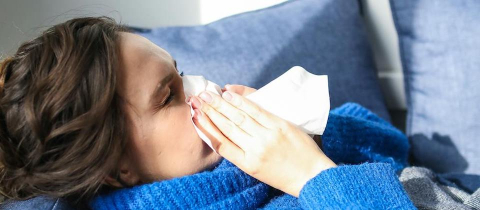Estimates are that some 55 million people in Canada and the U.S become ill every year from eating tainted food with more deaths attributed poultry than any other food. That of course is partly due to poultry being the most popular meat, with consumption being about 83 pounds per capita per year. Tests by Consumers Union show that virtually all chicken is contaminated by bacteria. That by itself is no great surprise. Chickens’ guts, like those of humans, are filled with all sorts of bacteria and cause no harm to the bird. But when chickens are slaughtered the bacteria can transfer to the meat. Contamination also occurs when chickens tromp through the feces that collect in their cramped quarters. Some of these bacteria have developed a resistance to antibiotics because these drugs are fed to poultry in small doses to speed up weight gain. This practice kills off susceptible bacteria and allows those with natural resistance to thrive. The use of antibiotics in animal feed needs to be curbed because tests have already shown the widespread presence of antibiotic resistant salmonella, campylobacter, E. coli, enterococcus, klebsiella pneumonia and staphylococcus aureus on at least half of chicken samples. Some salmonella strains are especially virulent. All these bacteria can spread to people and can cause infections that defy treatment.
About 80% of all antibiotics produced are used in animals, a recipe for disaster. Bacterial contamination does not mean that chicken should be shunned, but proper handling and cooking is critical. Assume that all raw chicken is contaminated. Tests show that when it comes to contamination, whether the bird is labeled organic, antibiotic-free, natural, free range or no hormones added makes no difference. “Natural” means nothing and no chickens are given hormones. From the moment you pick up a package of chicken in the store, there is risk. Just touching the plastic wrap and then touching your mouth could make you sick, although this is not likely. At the checkout counter, put chicken in a plastic bag to prevent cross-contamination. Do not wash the chicken before cooking, splashing water can spread the bacteria as far as three feet from the sink. Remember that bacteria can survive on some surfaces for days so if you handle the chicken and touch the water tap, you’ve left some bacteria there. Hand washing after handling chicken is critical and don’t use the same cutting board that was used for chicken for chopping anything else without scrupulous cleaning it first. Better to have a separate cutting board. When it comes to cooking, all bacteria are killed if the internal temperature reaches 75 Celsius which you can only be sure of with a meat thermometer. These are important precautions unless you fancy a bout of nausea, vomiting, diarrhea, stomach cramps and fever. Or worse.







